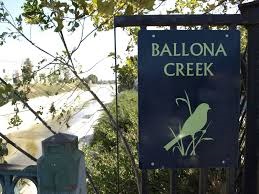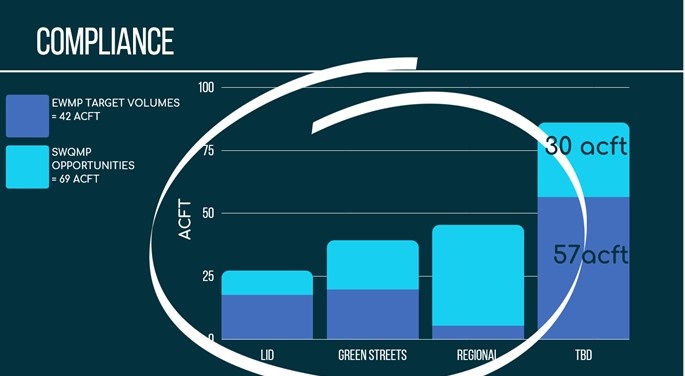
Based on the physical characteristics of Culver City and current stormwater quality goals and requirements, the Stormwater Quality Master Plan has identified and analyzed potential project opportunities for capturing and managing stormwater in the Ballona Creek Watershed. Depending on the competing priorities of the City, the Master Plan will assist to prioritize stormwater projects to determine which move forward into feasibility study, design, and construction.
The Stormwater Quality Master Plan presents over 400 potential project opportunities that, if constructed, would achieve 69 acre-feet of stormwater capture, 70% of the total compliance goal. Based on planning estimates, it would cost approximately $140M to implement all of the potential projects. The Master Plan will assist the City to prioritize projects using three measures: 1) budget, 2) cost-effectiveness, and 3) multi-benefit metrics. The Master Plan's implementation strategy includes individual "recipes for compliance" based on variations in budget, prioritization, and multi-benefit goals.

The Stormwater Quality Master Plan features a web-based dashboard tool to facilitate collaboration within the City to increase efficiency. The tool will also track compliance progress and spending through the planning, bid, and construction phases of a project.
Lastly, the Stormwater Quality Master Plan includes concept plans for the top-ranked multi-benefit priority projects. These concept plans will serve as a communication tool to solicit project funding and public engagement once projects move forward to the feasibility study stage.
View the Draft Stormwater Quality Master Plan(PDF, 82MB)
View the Stormwater Quality Master Plan Fact Sheet(PDF, 963KB)